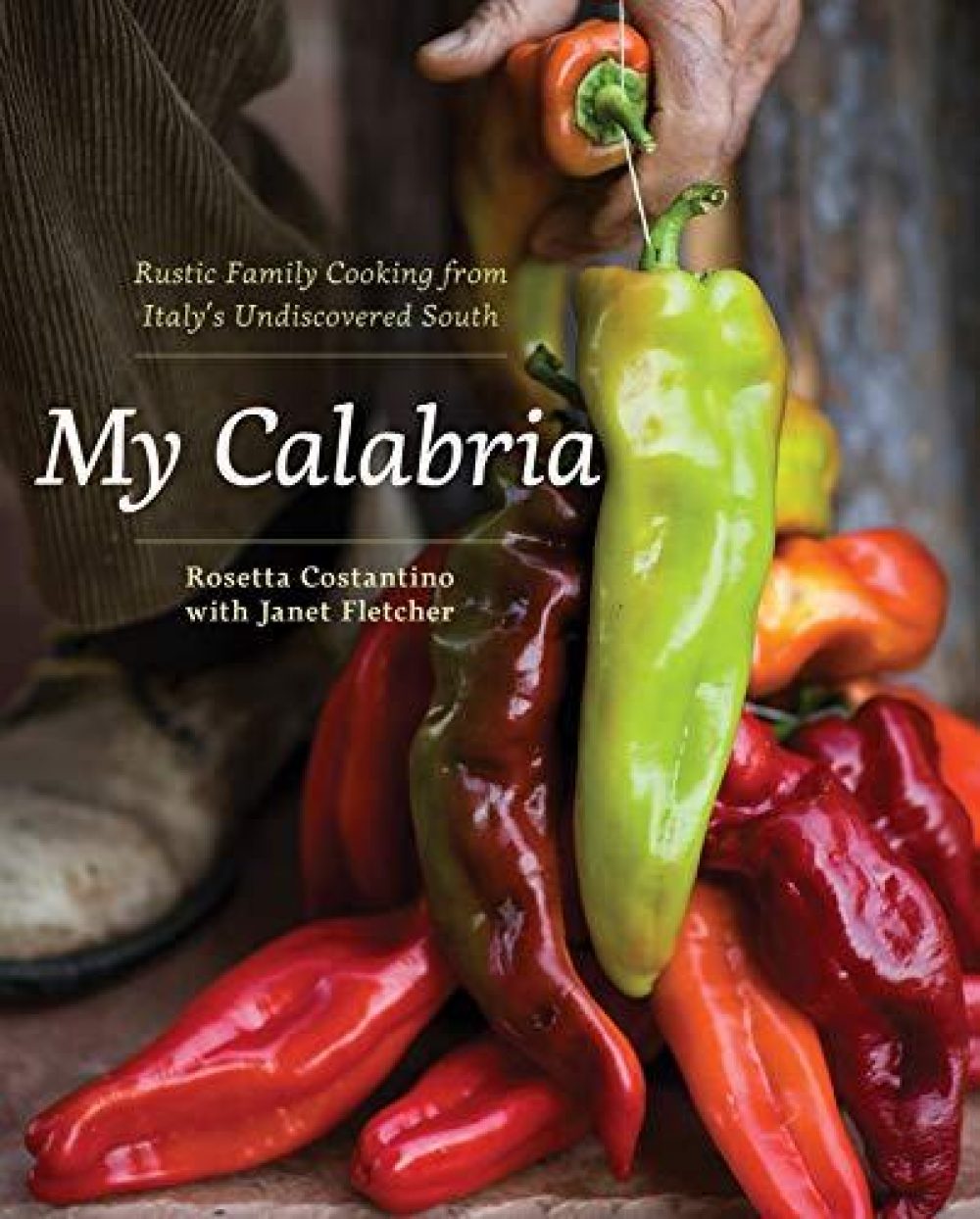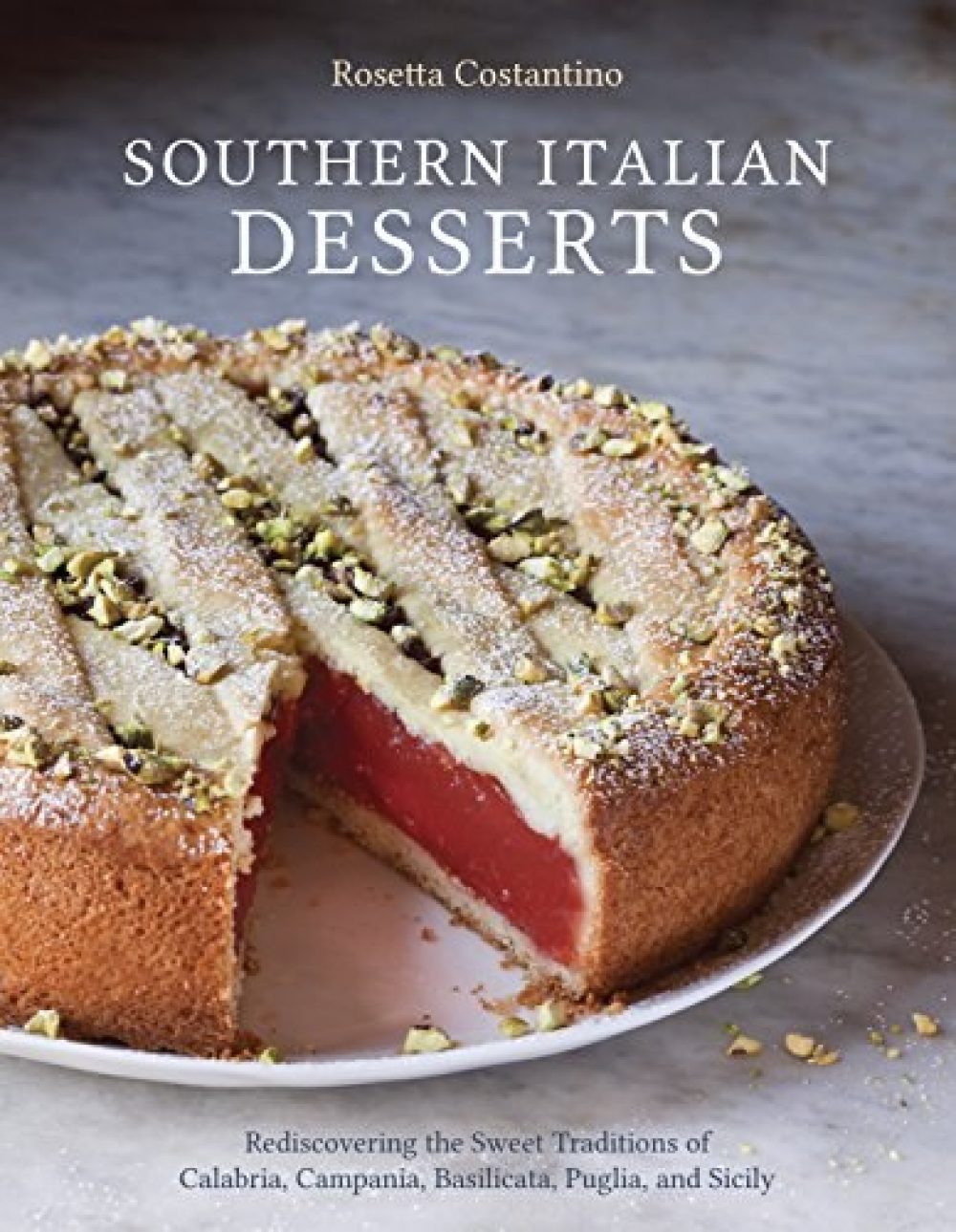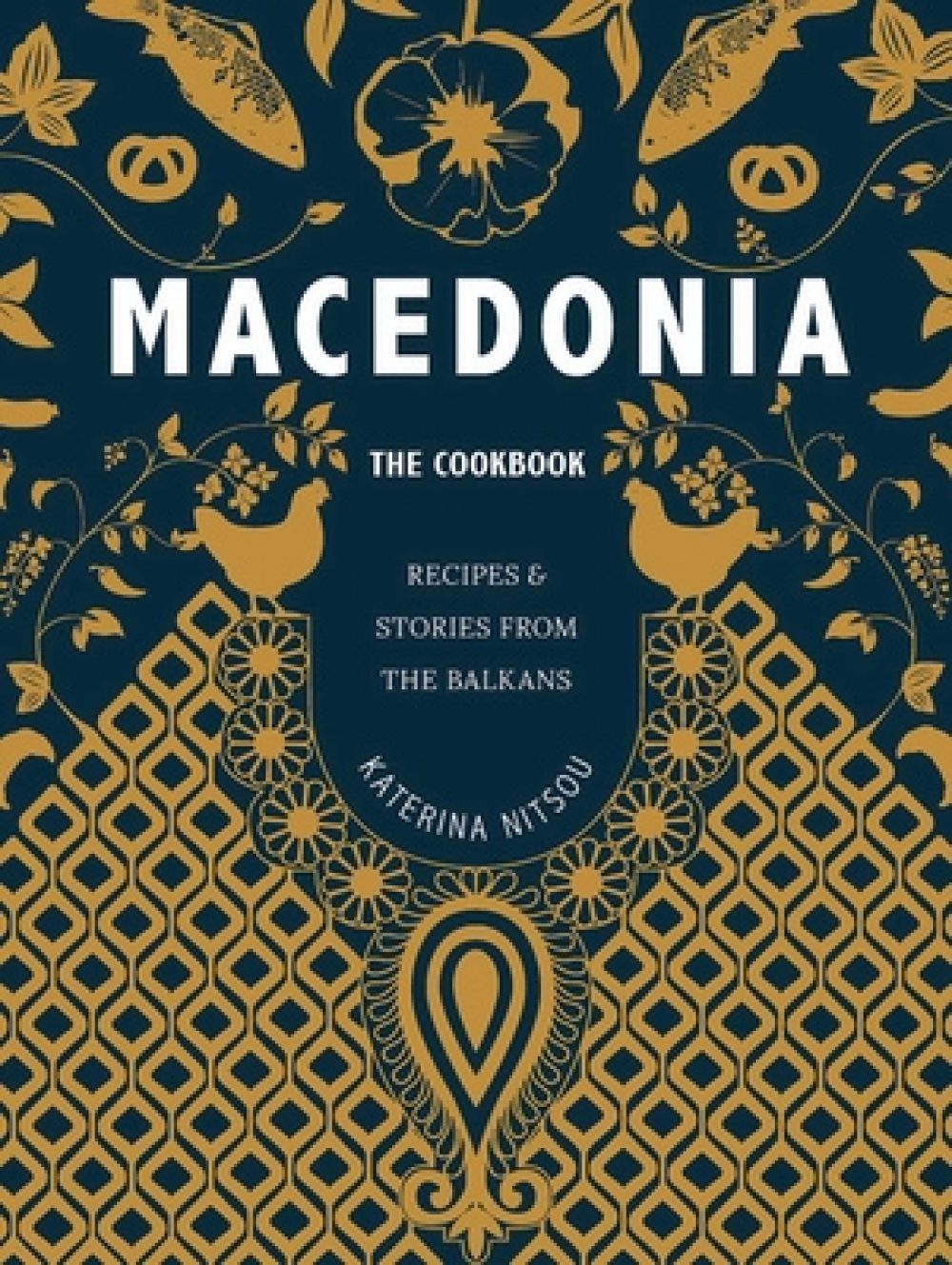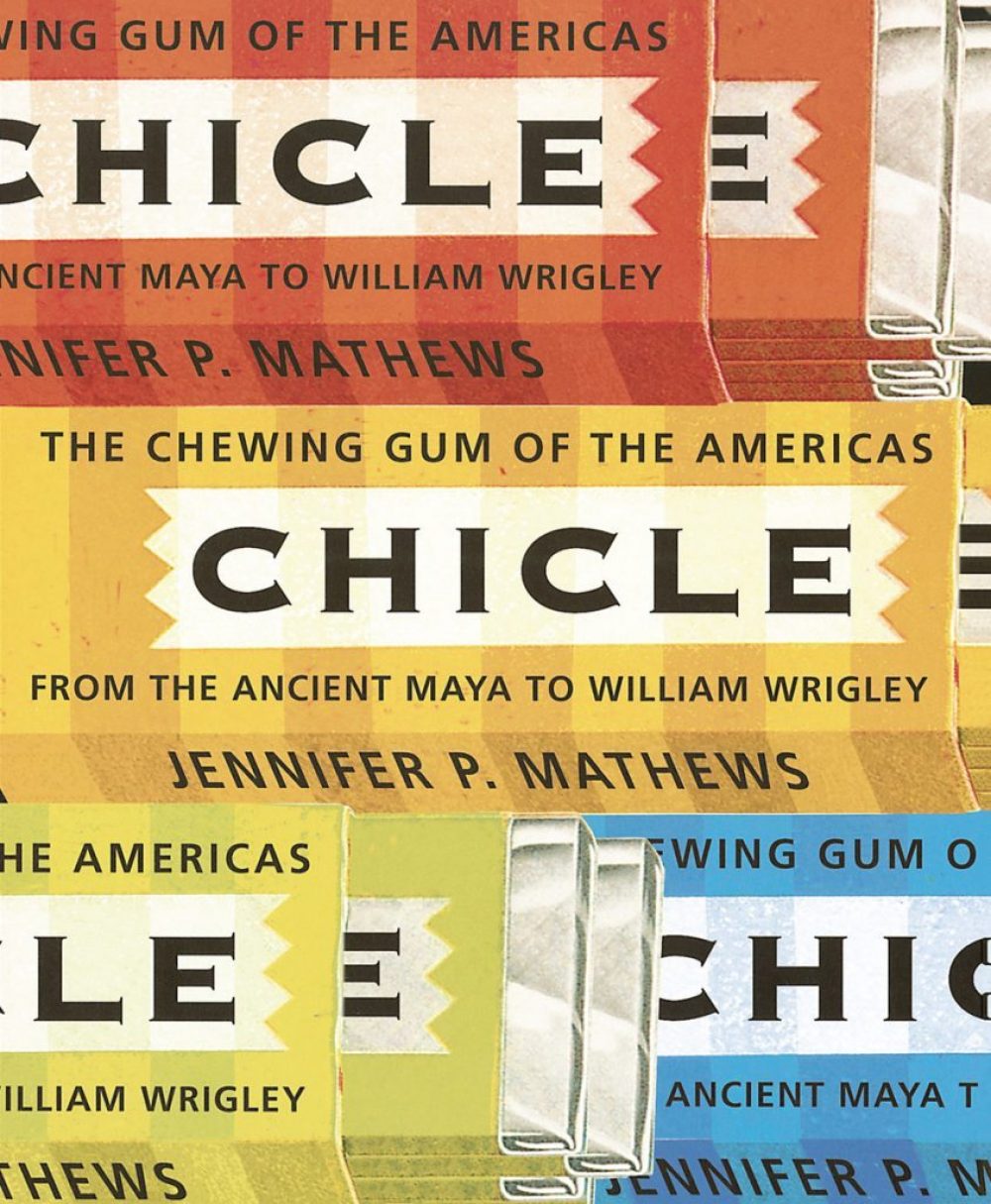Of late, my cooking tends toward recipes strongly connected to the agriculture and history of a region. Three of these books focus on two such areas: Calabria and Macedonia. The food is “rustic” in the best sense of the word: honest and simple, expressing the flavors of the ingredients without culinary sleight of hand.

My Calabria
By Rosetta Costantino with Janet Fletcher
When I came across “My Calabria” (2010), I realized it was spot-on in its portrayal of cucina povera, the frugal cooking of Italy. This is hearty, honest and earthy food: spaghetti with potato sauce, creamy chickpea soup, spicy rice with beans, summer vegetable stew and, just for fun, “peaches” (or small cakes shaped to look like peaches) with pastry cream. As Costantino writes, Calabria is “a place of persistent tradition and ritual, where the annual swordfish catch and hot pepper harvest are celebrated with elaborate festivals, and where women still roll pasta dough around knitting needles.” Someday, Calabria will abandon its festivals and knitting needles, but for now, we can celebrate this underrated slice of Italy through Costantino’s well-documented and earthbound recipes.
Southern Italian Desserts
By Rosetta Costantino
Costantino followed up with this worthy volume in 2013. The tart on the cover tells the story: something old but, for many of us, something new. It’s a watermelon pudding tart based on a traditional Sicilian gelo di mellone, served during a July festival. Among the less traditional recipes, Costantino offers torta gattopardo (ricotta and pistachio mousse cake). But plenty are familiar: baked ricotta tart, Carnevale semolina cake, flourless chocolate almond cake, frozen espresso mousse and the popular ciambella—this version orange-scented and made with olive oil. The mix of tradition and innovation hits the mark; food is connected to the past but also changes deliciously with the times.


Macedonia: The Cookbook
By Katerina Nitsou
Just north of Greece, west of Bulgaria and south of Kosovo and Serbia, Macedonia has been influenced by the Byzantine and Ottoman empires, the Balkan wars and two world wars. It shows in the food. Spices came from the Middle East, rice from Asia, and olive oil and citrus from the Mediterranean—all of which sets the table for Macedonian cuisine. Most appealing are the simplicity of preparation and the flavor combinations: cucumber salad with mint and feta; yogurt-marinated chicken skewers; chicken breasts stuffed with leeks and cheese; and jogurt torta, a light, delicate yogurt cake. I am not sure what Alexander the Great, who was born in Macedon, ate as a child. But if he was raised as well as Nitsou, he would never have left home.
And for something completely different…
Chicle
By Jennifer P. Mathews
If you love obscure stories about mainstream foods, look no further. “Chicle” traces the history of chicle latex, the sap harvested from the sapodilla tree. Originally used by the Aztecs to freshen breath, and later touted as a rubber substitute, chicle became the basis for gum. William Wrigley’s father’s soap company used gum in promotional giveaways; the gum was so popular that the son quit and launched his own, more successful gum business. The Fleer brothers gave Chiclets a candy coating, Beech-Nut was advertised by “Beech-Nut gum girls,” and Bazooka Joe added a comic strip in 1953. The toll in human suffering was huge: The chicleros who harvested the chicle in Central America were poorly paid, and the work was dangerous. The occasional uprising was crushed. But by the 1980s, the industry disappeared as synthetic alternatives took over. “Chicle” is a story of gum, but it’s also the story of industry, power, money, marketing and, ostensibly, progress—a story as dark and old as time.








